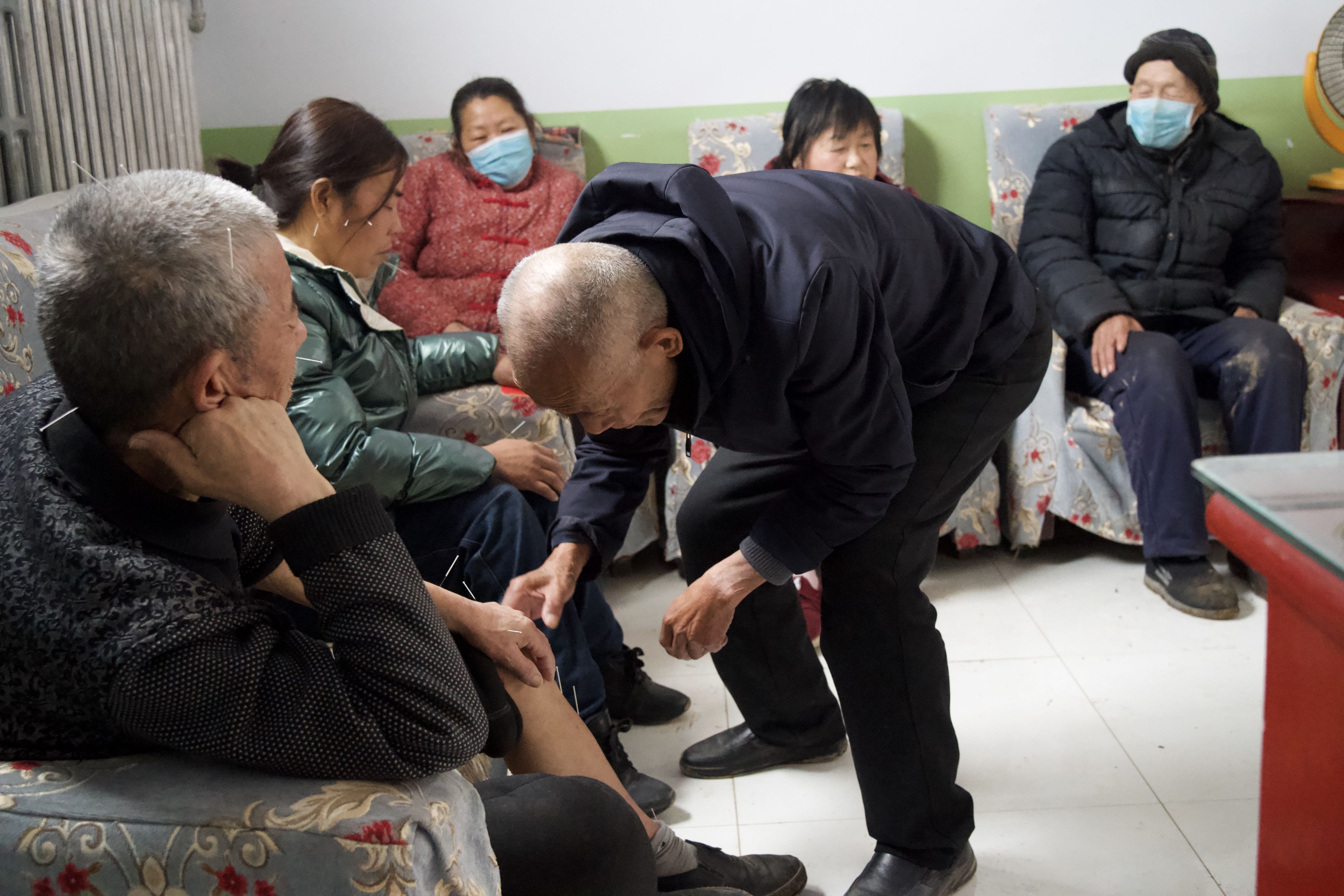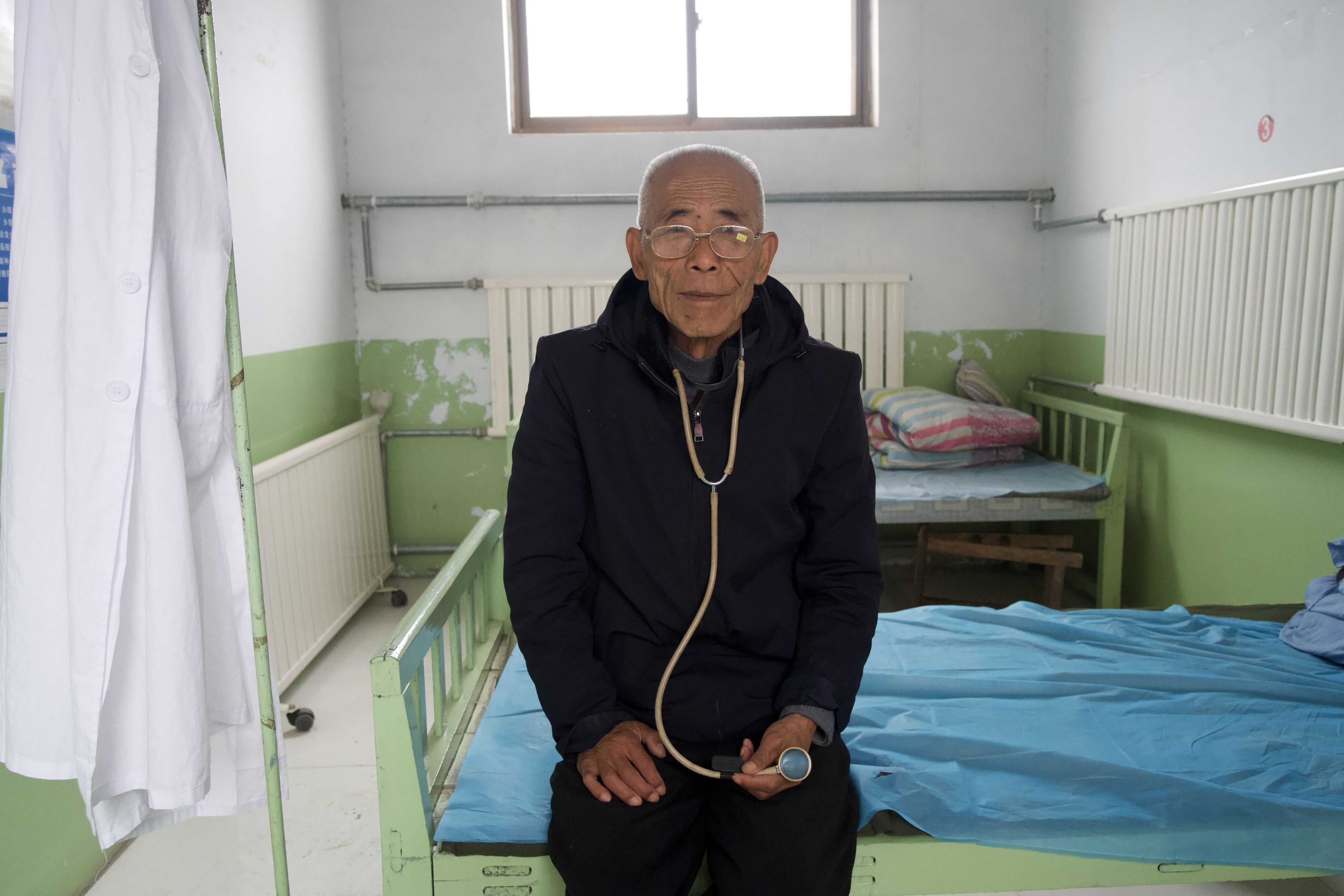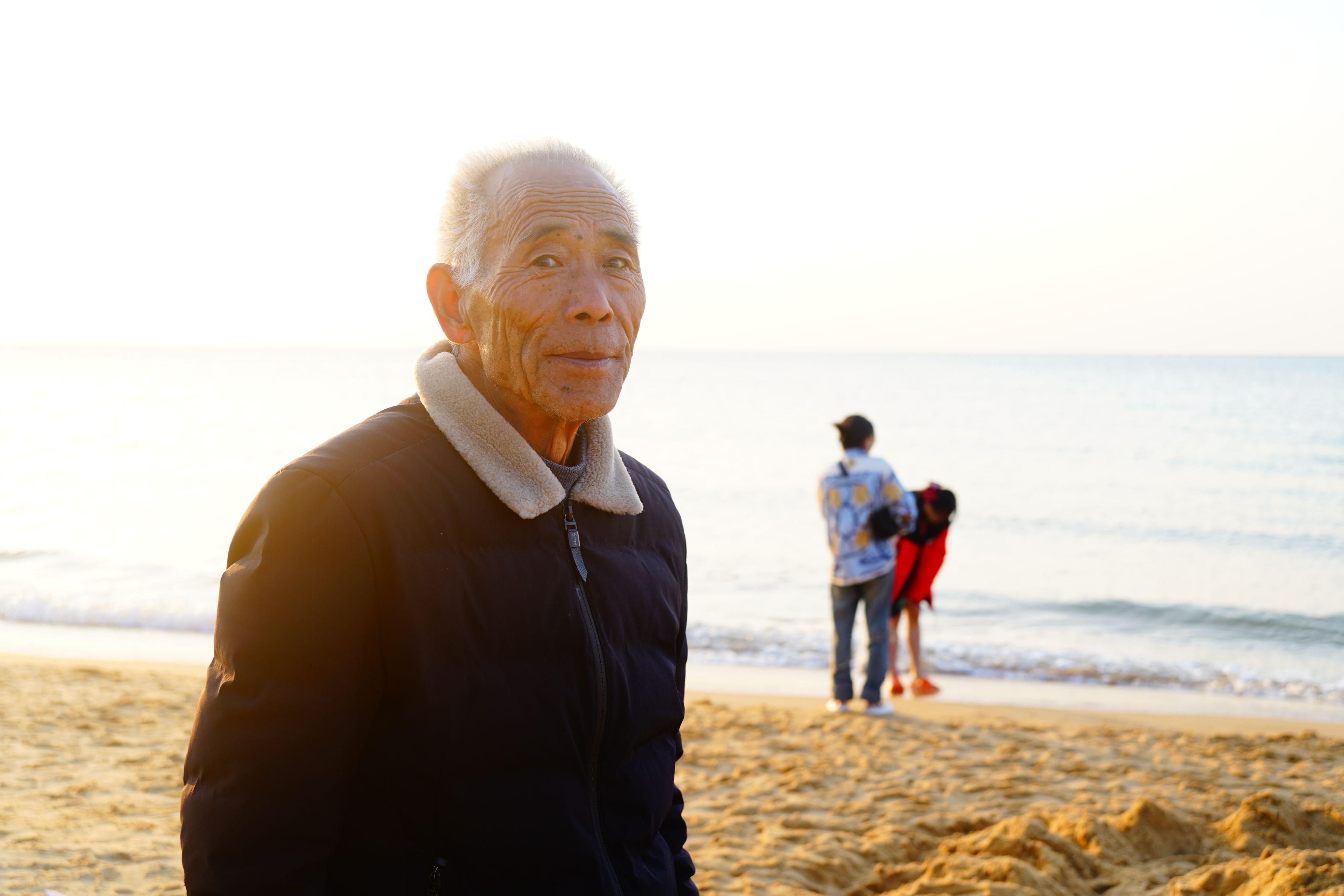Chang Xide who keeps learning and saving people for his life
Chinese country doctor

People usually call Chang Xide “father” because he is the only doctor in Dongchang Village.
Every morning at 8:00, Chang walks briskly to the village’s clinic, where patients who came from other counties and also in the village are waiting for him.
In the past 61 years of living as a country doctor, Chang Xide has become accustomed to treating more than a dozen patients with different symptoms at the same time every day, although it is very difficult for ordinary doctors.
He talks with every patient and ask their condition skillfully, constantly measures blood pressure, and prescribes medicine, does infusion and needle injection.
The development of rural medical and health care is vital to effectively connect the strategies of rural revitalization and health poverty alleviation in China.
County doctors are the "last mile" of China’s medical and health modernization management. However, there has been a shortage of rural doctors for a long time.
In the early 1950s, China's health technicians accounted for less than one-thousandth of the country's total population, while China's rural population reached 500 million, close to 90% of the total population.
Furthermore, the extremely rare medical staff could not reach the vast remote villages, and the national finances are also unable to bear the high medical costs. All these serious problems cause the emergence of rural medical personnel.
Like the young Chang Xide, he saw that in the countryside without doctors and medicines, healthy people turned into corpses, so he decided to be a country doctor to save lives and heal the wounded.

With the improvement of Chinese economic level, the health needs for villagers are becoming more comprehensive and diverse.
Moreover, the professional ability of rural doctors in China is insufficient, and the proportion of practitioners with formal medical professional qualifications is low.
However, Chang Xide, who practices medical skills every day, is one of the few professional doctors in rural China who have obtained national recognition.
With the acceleration of China's urbanization process, rural hollowing has become prominent. Since county doctors are classified as farmers and do not belong to national public servant, the government does not provide enough subsidies to the villages, and village doctors get relatively low salary.
It is true for Dr. Chang, whose average daily income is around 100 RMB, and the government has never subsidized Dr. Chang's clinic before.
Even though without medical facilities, Dr. Chang basically relies on clinical experience to treat patients. This is also the reason why a large number of rural doctors and medical talents choose to live in big cities.
By 2020, there only are 744,000 rural doctors in China, but 509,000 villages in China, with an average of less than 2 village doctors per village.
At the same time, the age structure of village doctors is seriously aging. In 2018, the proportion of village doctors over 45 years old in the country exceeded 63%.
Apparently, the 81-year-old village doctor Chang Xide belongs to this aging team. He said that the elderly in the village choose not to go to big cities because they are used to rural life.
Young people are not willing to stay in the village, and there are fewer county doctors than before. In China, how many people like Chang Xide will stay in poor villages to cure patients in the future?

